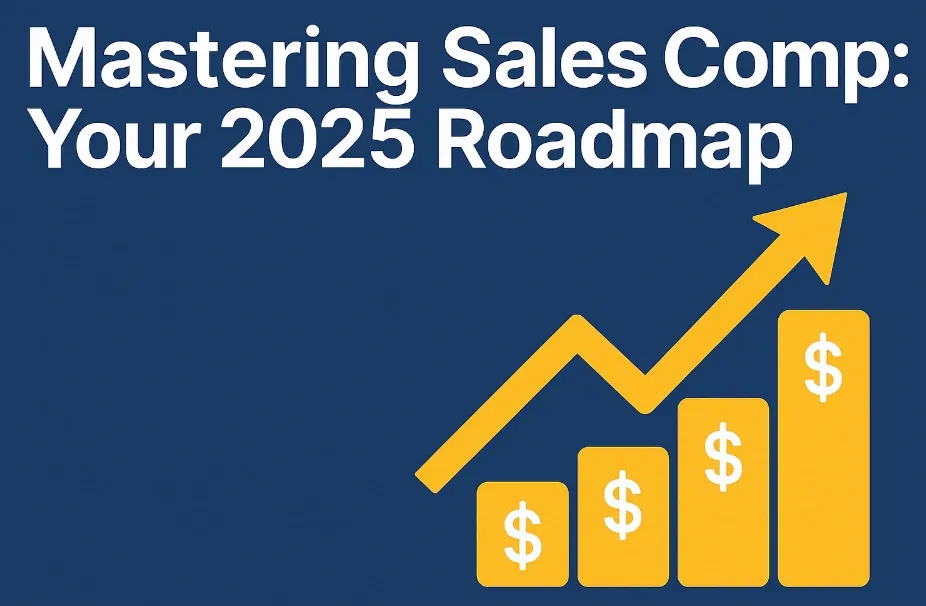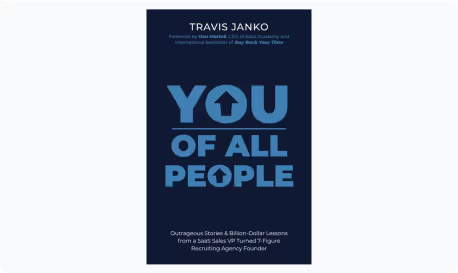Sales compensation. It’s one of the most powerful yet consistently misunderstood levers in the SaaS world. Founders often find themselves at one of two extremes: either meticulously over-engineering complex plans that ba...


Sales compensation. It’s one of the most powerful yet consistently misunderstood levers in the SaaS world. Founders often find themselves at one of two extremes: either meticulously over-engineering complex plans that baffle their team, or completely winging it with a vague, ill-defined structure.
The result of both approaches? Frustration festers, valuable talent turns over, and crucial revenue targets remain elusive. In 2025, your compensation plans need to transcend simply paying people. They must be strategic tools that actively drive the right behaviors and possess the agility to scale alongside your rapidly evolving company.
Whether you’re leading a scrappy, founder-led sales engine or preparing to onboard your pivotal first rep, understanding what’s currently working, recognizing the common pitfalls, and knowing precisely how to construct a compensation plan that actually performs is paramount. Let’s dive in.
The Cracks in the Foundation: What’s Broken in Sales Comp Today
Before we build anew, it’s crucial to identify the faulty structures we see undermining SaaS sales teams week after week:
The Building Blocks of Success: What’s Working in 2025
Across high-performing SaaS teams, we’re observing a consistent set of principles guiding their compensation strategies:
Laying the Foundation: How to Build a Comp Plan That Works
Building a high-performing compensation plan doesn’t require a PhD in finance. Start with these fundamental steps:
The Anatomy of a Mistake: What NOT to Do
Consider the cautionary tale of a founder who, with seemingly good intentions, offered their newly hired Sales Director the exact same quota and commission percentage as their entry-level Account Executives. While it appeared “fair” on paper, the real-world outcome was a disaster. The Director focused on closing the easiest, low-hanging fruit, neglecting strategic team development and pipeline building. The AEs, meanwhile, felt unsupported and resentful. The result? A tense, distrustful environment devoid of effective coaching. Remember, leadership roles are compensated for their multiplier effect, not just individual output.
Closing Thought: The Behavioral Blueprint
Your sales compensation plan isn’t just a spreadsheet; it’s a powerful behavioral design tool. Build it with intention, align it with your company’s stage and goals, and communicate it with clarity. Do this, and you’ll attract the right talent, cultivate their long-term commitment, and ultimately drive the behaviors that fuel sustainable growth for your SaaS company.
If you’re navigating the complexities of hiring your first sales rep or undertaking the crucial task of rebuilding your sales compensation model for 2025, let’s have a conversation Contact Travis. We specialize in helping SaaS founders design compensation plans that aren’t just fair – they work.
By Travis Janko, CEO of GSD Coach & Recruiting, helping SaaS founders build the top 5% of talent, FAST!
Get more expert advice for SaaS founders on sales hiring, recruiting strategies, team leadership, and building high-performing sales teams.


Get started today with a free, no-obligation discovery call. Just fill out the form and share your revenue goals. We’ll be in touch within 24 business hours to show you how our proven systems can accelerate your hiring process.
.avif)


Our proven methodology has helped SaaS companies across every growth stage build revenue teams that drive predictable, scalable results. Connect with us to discover how we can accelerate your hiring process and deliver the A-Player talent your company needs to reach its next milestone.